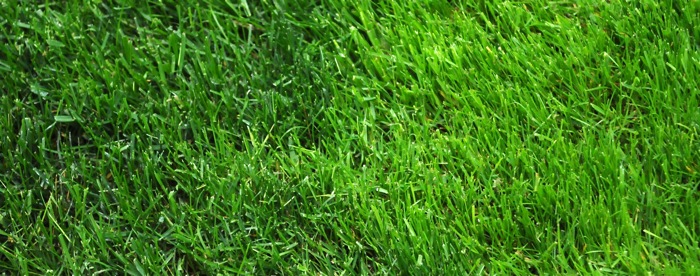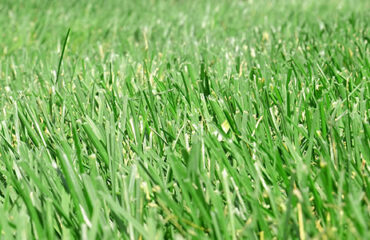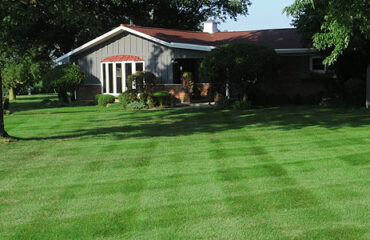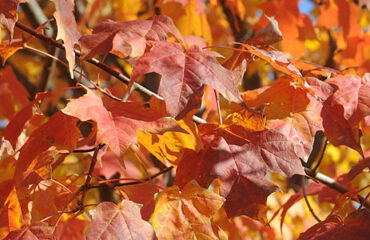God bless those who observe…those who see things that others look past, and wonder, why?
In the “green” industry this is a very good thing, because those people usually notice issues before they become major problems. People who grow roses, for instances, get to know their plants so intimately that they know when one is sick like the rest of us know when a child has a fever.
Tell-tale signs around your yard and beds: Like mole hills in the yard, that often indicate an infestation of grubs. Poor color in your lawn, which can mean a number of things…too much water, not enough nitrogren, etc.
But for those who look at their May lawns and wonder why some of their grass is a deep “blue” green, while other parts are a brighter “kelly” green, don’t despair about that, as one customer recently brought it our attention. Varying shades of green can mean different things, for sure, but they’re not all bad.
For instance, if you planted grass seed last fall those plants that emerge this spring are going to be of lighter color until they get an established root system. And if you aerated last fall (which is a good thing), the new plants generated by extended root growth this spring are likewise going to be lighter than the established parent plants. Look at the photo above and you can clearly see how new, healthy spring plants from fall seeding are lighter in color (right) than older, established plants on the left.
Here’s another for instance: An abundance of spring rain will “leach” a lot of nitrogen and other nutrients out of the soil in April and May. This, too, will cause plants to have staggered color until nature can correct the imbalance. Or, simply put down an application of nitrogen from lawn fertilizer and you’ll notice the difference within days.
It’s good to pay attention, but take this information to heart when you see different shades of green in your lawn, especially in spring. Now if you see it in July and August, that’s another thing. Call us then.
For now, sit back and let nature be nature.




